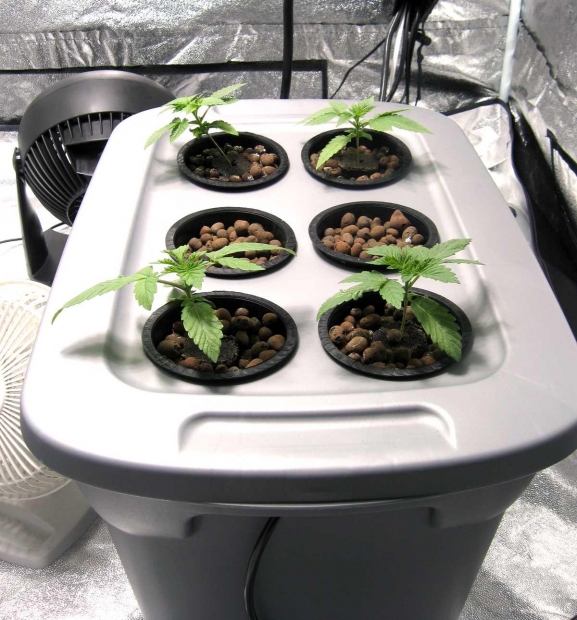
 Loading... Please wait...
Loading... Please wait...Save Money. Grow Your Own!
Fast Plain Box Shipping.
We ship to the US & Canada.
Posted on 22nd Jun 2016
So maybe you've been doing hydroponics for a little while, and you’re into looking to just advance a little bit. One aspect of this is an understanding of what your plants eat. Forming a better understanding of nutrients takes you from beginner status toward a more advanced status as a more experienced grower.
Even if you're a complete beginner, though, this information can be helpful. Knowing what plants digest and how they digest it is an essential part of setting up successful hydroponic systems. Of course, you can always rely on hydroponic manufacturers and retailers to offer you products that are tailored for your plants’ health. But you can also start learning more about this process in order to guard against certain kinds of problems during plant cycles.

Here's a step-by-step guide to forming a better understanding of the nutrients your plants need by introducing homemade nutrients to your plants.
Start with major nutrients
Hydroponic plants need three major nutrients primarily. The first one is nitrogen. The second one is phosphorus. The third one is potassium. You can add these ingredients with items like potassium sulfate and other items containing these three primary ingredients. If you actually look in a garden store, or any type of retail area, the ready made products you choose will all have values for these three primary ingredients.
Collect 10 trace elements
There are additional nutrients that plants need trace amounts of, such as:
While it’s good to have these items in place, it’s important not get too much of one of them. You'll also want to make sure plants have a good overall mixture in order to thrive.
Collect chemical ingredients
The next step will be to get your actual ingredients together in your local space to start mixing the nutrients up. For example, some advanced growers recommend recipes including a certain number of ounces of things like superphosphate, Epsom salts, and calcium nitrate.
Mix in some water
Have a good supply of clean water on hand. In some cases, regular tap water just won’t do it. It will be too highly chlorinated or contaminated for good plant growth. You want to distill water or otherwise filter it and then mix in the nutrients.
Try some organic materials
If you want to get really fancy, you can use compost products or other organic materials, for example, some growers like to use dead earthworms or produce waste.
Look for comprehensive natural nutrient ingredients
Another way to do this is to look for ingredients that have a wide range of the products that plants need. Perhaps the best example is seaweed.
Most of us understand that seaweed has natural healing properties, but it can be extremely useful in hydroponics, too. Get certain varieties of seaweed in place, and you can really scale up the value of your homemade nutrient mix.
Integrate with sterile grow media

When you have your homemade nutrients and water ready, you want plants to be situations where they can take in water from delivery tubes. So you use elements like rock wool, clay pellets or natural coconut husks to situate plants in small plant pots.
Check for three environmental factors
As plants grow, you want to keep checking on temperature, humidity and ph value. If these three are correct, and your nutrients have been formulated correctly, you should experience healthy, green plants. Look out for problems with bacteria and pests as well.
This basic guide can help you feel more prepared to craft your own nutrient mixes for hydroponic plants. Yes, it's scientific, but you don’t have to be a science whiz. In fact, you can proceed on a very informal level, the same way that scientists do on more technical projects. In other words, you proceed by trial and error. Try a bunch of things and figure out what works for your plants, and then stick to it. You'll be on your way to a great experience with long-term plant cycle management.